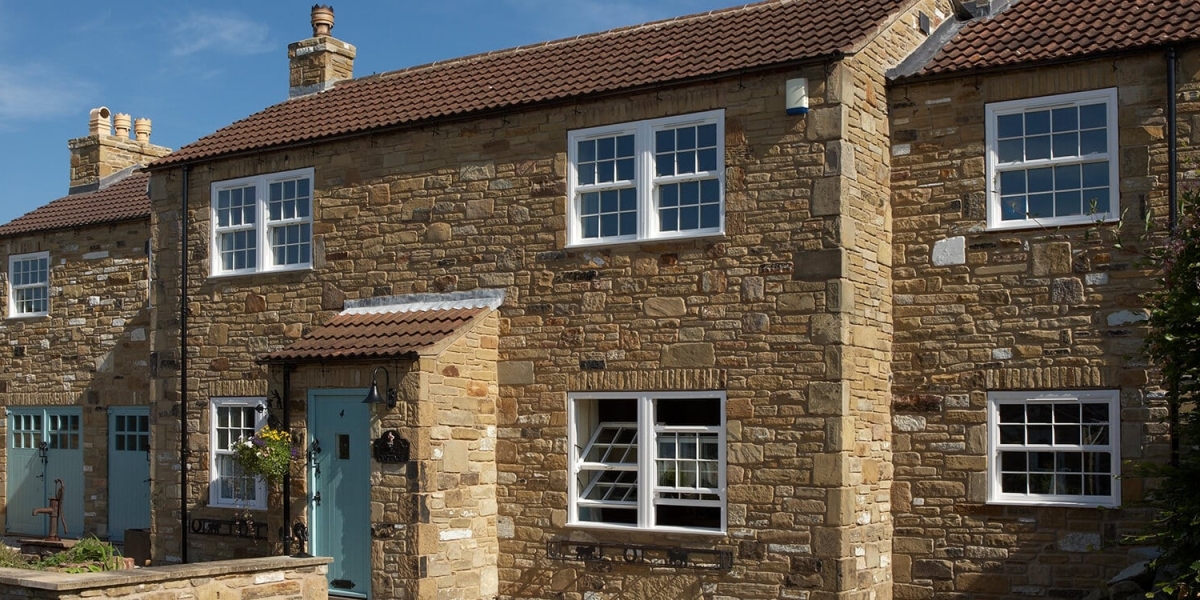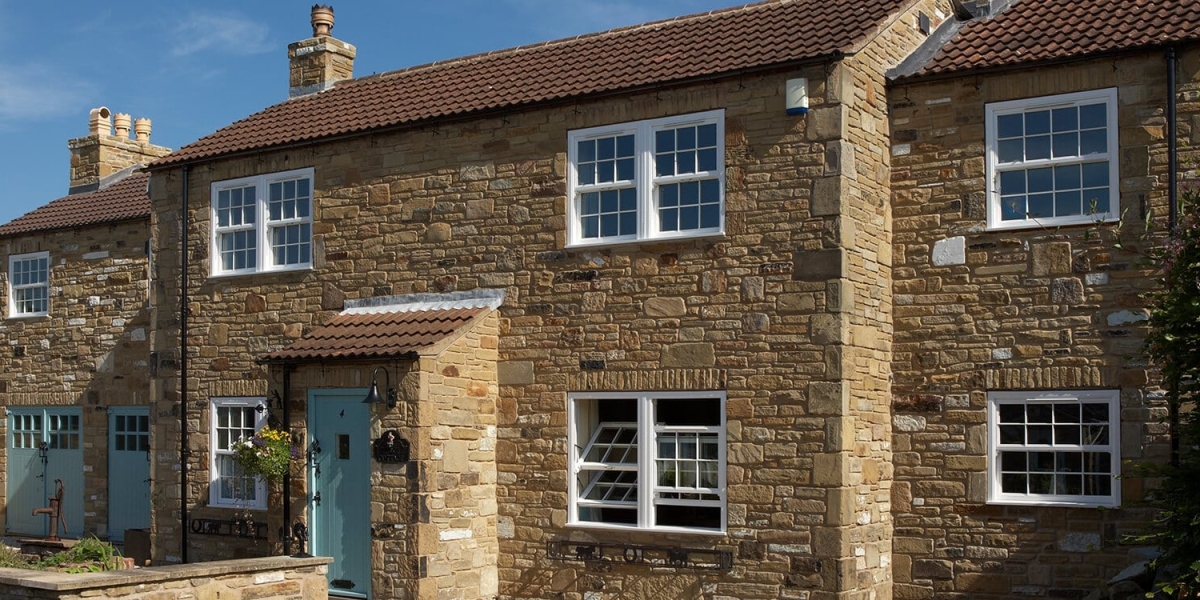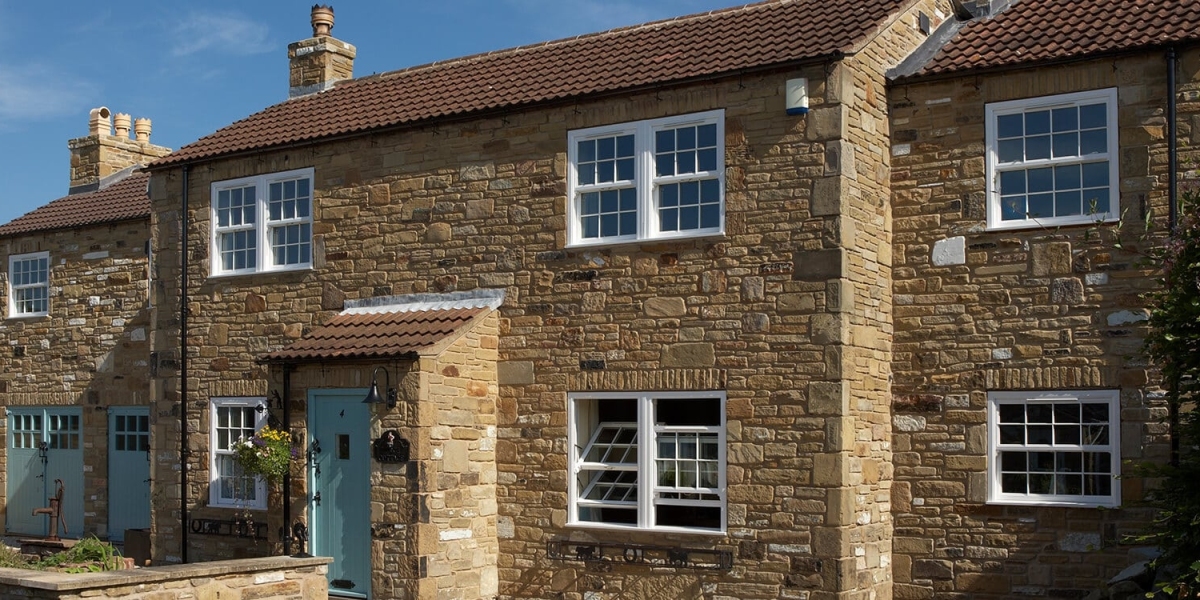Double glazing has become a popular choice for homeowners and builders alike, thanks to its numerous benefits in energy efficiency, sound insulation, and overall comfort. This article aims to provide a comprehensive understanding of double glazing, including its types, advantages, and the installation process.
What is Double Glazing?
Double glazing refers to a window construction method that includes two panes of glass separated by a gap, typically filled with air or an inert gas like argon. This design creates an insulating barrier that significantly reduces heat transfer between the inside and outside of a building. The primary purpose of double glazing is to enhance thermal efficiency, which can lead to lower energy bills and increased comfort.

The Benefits of Double Glazing
1. Energy Efficiency
One of the most significant advantages of double glazing is its ability to improve energy efficiency. By reducing heat loss in winter and keeping interiors cooler in summer, double-glazed windows help maintain a stable indoor temperature. This efficiency can lead to lower heating and cooling costs, making it a cost-effective investment over time.
2. Sound Insulation
Double glazing also offers excellent sound insulation. The two panes of glass, along with the air or gas-filled space between them, act as a barrier to external noise. This feature is particularly beneficial for homes located in busy urban areas or near highways, providing a quieter and more peaceful living environment.
3. Increased Security
Double-glazed windows are generally more secure than single-pane windows. The additional layer of glass makes it more difficult for intruders to break in, offering homeowners peace of mind. Many double-glazed windows also come with enhanced locking mechanisms, further improving security.
4. Reduced Condensation
Condensation can be a significant issue in homes, leading to mold and damp problems. Double glazing helps reduce condensation on windows by maintaining a warmer surface temperature on the interior pane. This reduction in moisture can contribute to a healthier living environment.
5. Environmental Impact
By improving energy efficiency, double glazing can also reduce the carbon footprint of a home. Lower energy consumption means fewer fossil fuels are burned for heating and cooling, contributing to a more sustainable future.
Types of Double Glazing
There are several types of double glazing available, each with its unique characteristics and advantages:
1. Standard Double Glazing
This is the most common type, featuring two panes of glass with a space in between. The gap is typically filled with air, but it can also be filled with an inert gas for https://ipsnews.net/business/2025/02/27/choosing-the-right-double-glazing-company-a-comprehensive-guide/ improved thermal performance.
2. Low-E Glass
Low-emissivity (Low-E) glass has a special coating that reflects heat back into the room during winter while allowing sunlight to enter. This type of glass enhances the energy efficiency of double glazing and is an excellent choice for climates with extreme temperatures.
3. Triple Glazing
While not technically double glazing, triple glazing features three panes of glass instead of two. This option offers even better insulation and soundproofing but can be more expensive and heavier than standard double glazing.
4. Acoustic Double Glazing
This type of double glazing is specifically designed to minimize noise pollution. It often features different thicknesses of glass or specialized acoustic interlayers to enhance sound insulation.
5. Decorative Double Glazing
For aesthetic purposes, decorative double glazing can include patterned or colored glass. This type of glazing can enhance the visual appeal of a home while still providing the benefits of double glazing.
Installation Process
The installation of double glazing is a crucial step that can significantly impact its performance. Here’s a breakdown of the typical installation process:
1. Assessment
Before installation, a professional will assess the existing windows and measure the openings to ensure a proper fit. They will also evaluate the condition of the frames and recommend any necessary repairs.
2. Choosing the Right Glazing
Homeowners should consider their specific needs when selecting the type of double glazing. Factors such as climate, noise levels, and aesthetic preferences will influence the choice.
3. Removal of Old Windows
The old windows are carefully removed to prevent damage to the surrounding structure. This step may involve removing the window frame and any associated hardware.
4. Installation of New Frames
If necessary, new frames will be installed to accommodate the double-glazed units. Proper sealing and insulation are critical during this phase to ensure energy efficiency.
5. Fitting the Double-Glazed Units
The double-glazed units are then fitted into the frames. Professionals ensure that they are level and secure, with appropriate sealing to prevent drafts and moisture ingress.
6. Finishing Touches
Once the double-glazing is installed, finishing touches such as trim and caulking are applied to enhance the appearance and seal the installation.
Maintenance of Double Glazing
Maintaining double-glazed windows is relatively straightforward. Regular cleaning of the glass and frames helps to keep them looking good and functioning well. Homeowners should also check for any signs of condensation between the panes, which may indicate a failure in the seal. If this occurs, professional repair or replacement may be necessary.
Conclusion
Double glazing is an investment that offers numerous benefits, from energy efficiency and sound insulation to increased security and reduced condensation. With various types available, homeowners can select the best option to meet their specific needs. Proper installation and maintenance will ensure that double-glazed windows provide lasting comfort and savings for years to come. Whether you are building a new home or upgrading your existing windows, double glazing is a worthwhile consideration for enhancing your living space.








